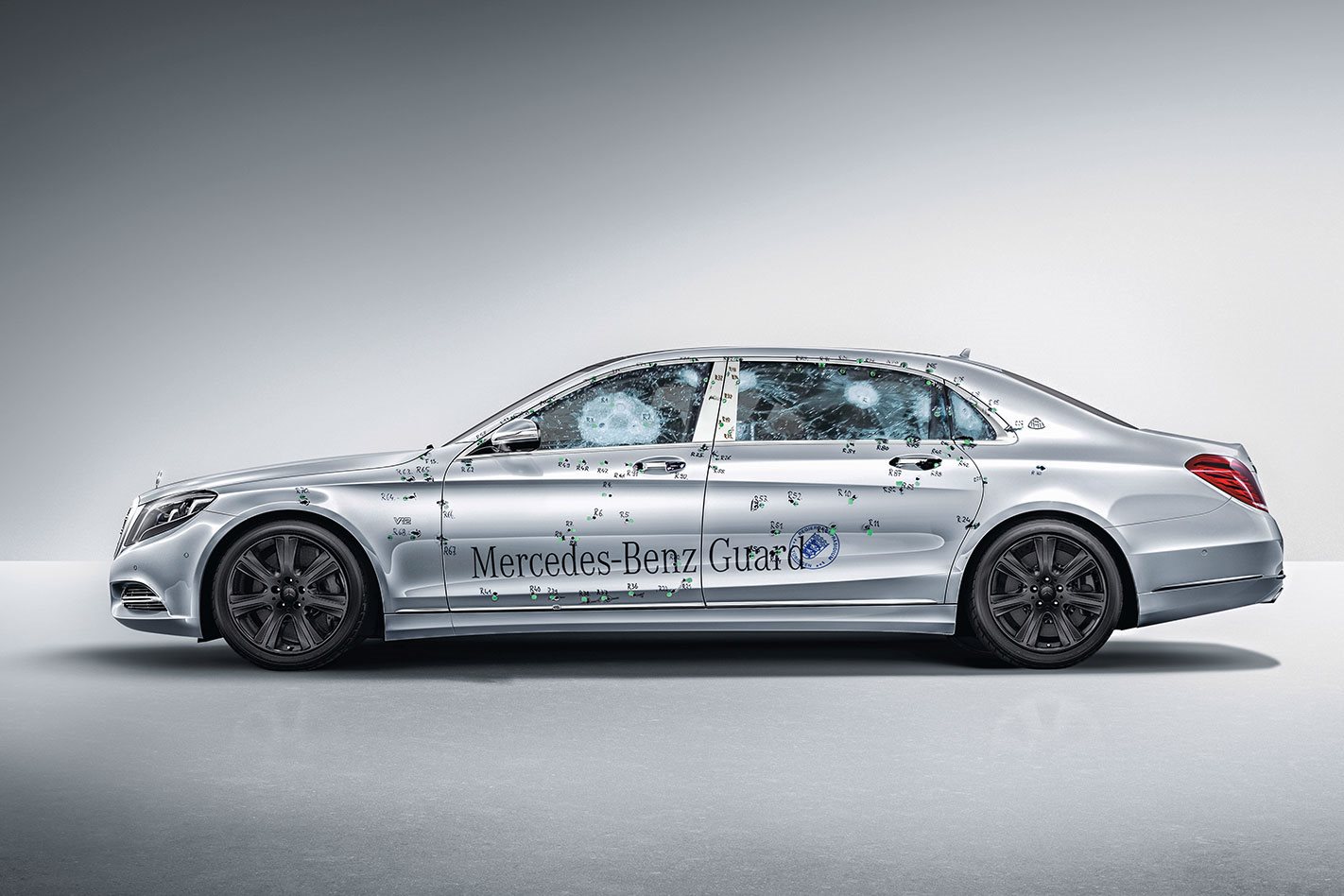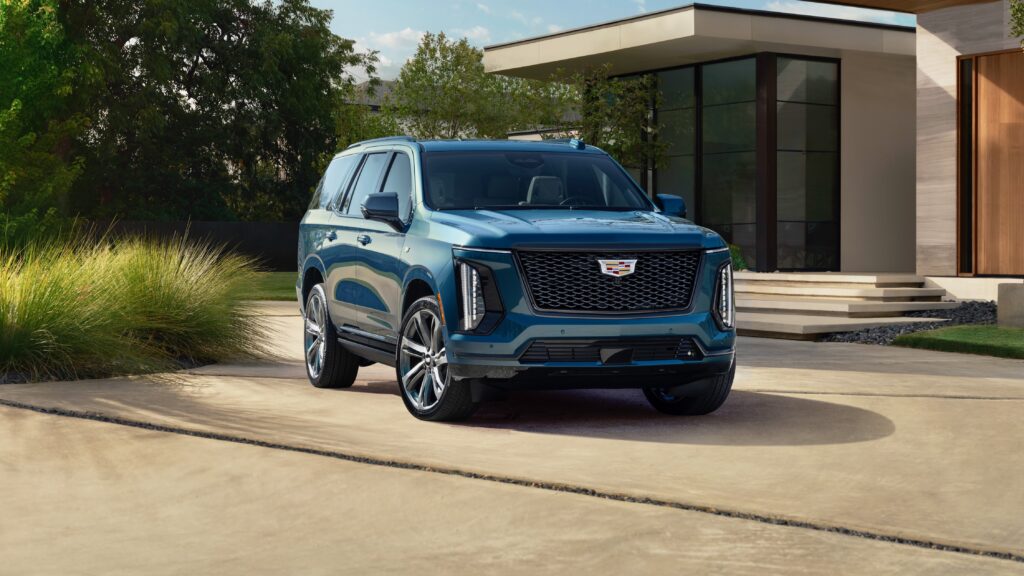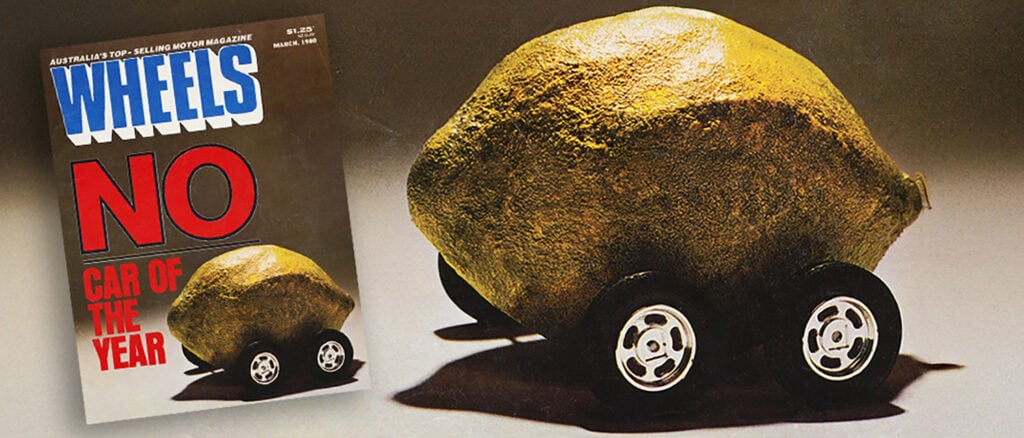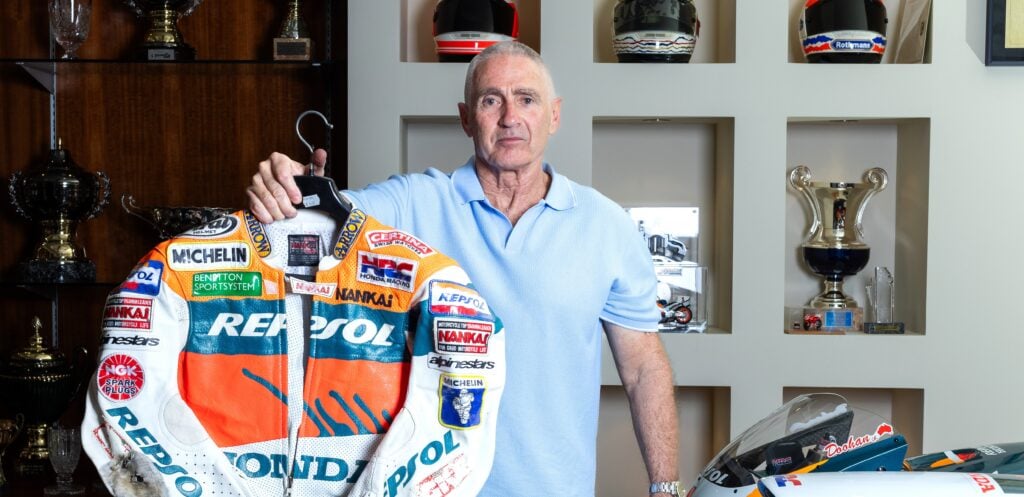If you happen to be a billionaire, chances are there are a few people who don’t like you. There might even be a few people who want you sleeping with the fishes, so to speak. Same goes if you’re a politician. Point is, it’s a dangerous world out there for the one per cent, so you’ve got to stay safe while you’re out and about. How? Have someone build you an armoured car. They’re so cool, even the Pope has one.
The most famous example might be’ The Beast’. That’s the nickname given to each iteration of US presidential state car. After the assassination of JFK in 1963 they’ve been getting more and more advanced, but since we know very little about the specifics of ‘Limousine One’ as it’s also known, we turn to Germany to find out how to make bulletproof – and bombproof – cars.
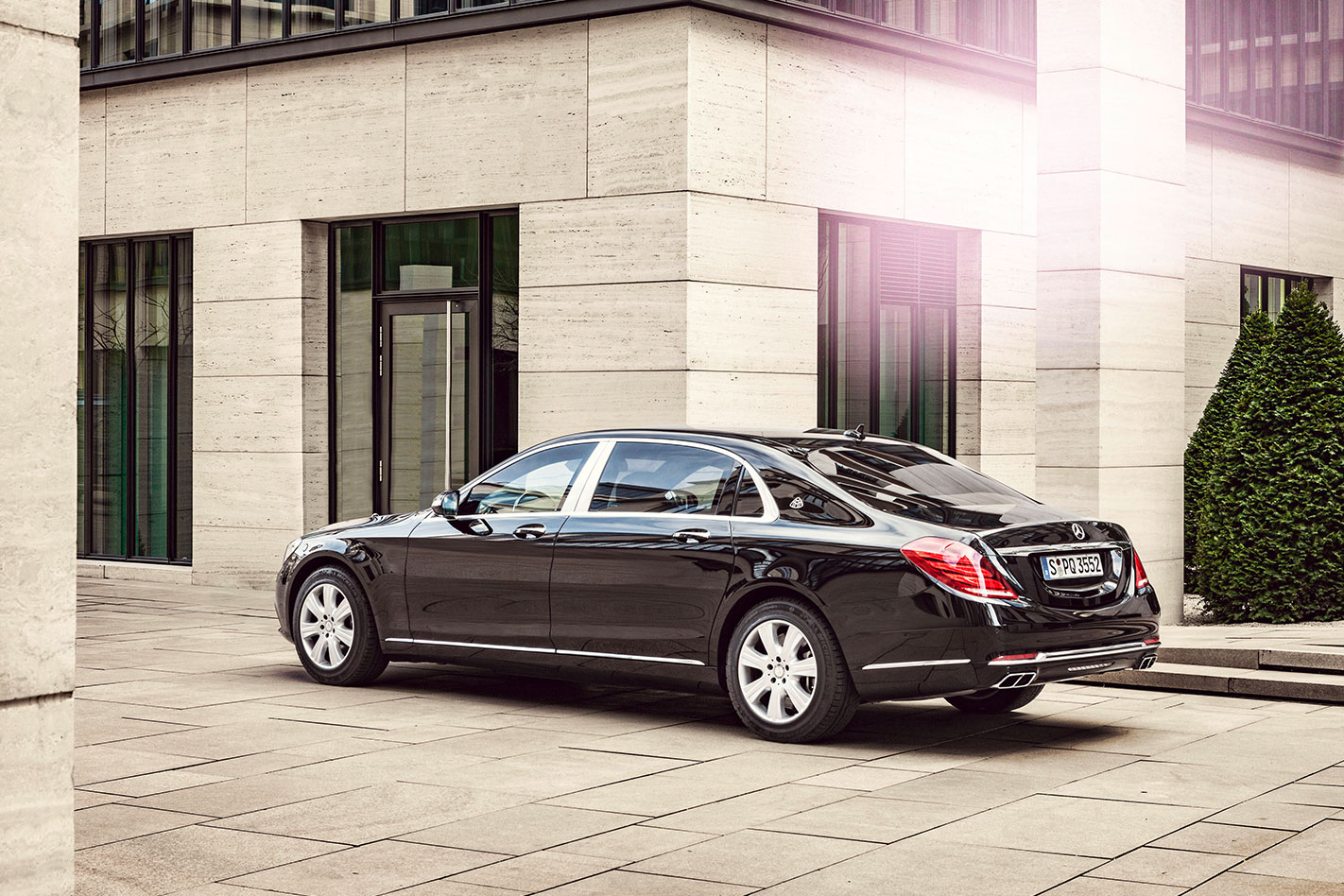
Criteria for the VR10 level of protection, according to Mercedes, state that the “bodywork and windows must be able to withstand hardened steel core bullets fired from an assault rifle.” In addition, the S600 Guard meets blast protection in accordance with Directive ERV 2010. Mercedes says the criteria for this directive is not in the public domain, but Mercedes Australia told us an independent test is carried out by a German government branch.
It’s believed a vehicle must be capable of withstanding a blast from 15kg of TNT from a distance of just two metres to pass the test. The TNT is placed at a height of one metre above the ground so the blast impacts the doors, windows, and B-pillar. The tick of approval given to the S600 Guard by Germany’s Federal Office of Criminal Investigation would suggest it’s pretty much bombproof.

Importing any Guard vehicle into Australia is a no-no due to the lack of ADR compliance. Oh, and they’re also sometimes classified as weapons. Try stopping a crook in an armoured V12.
HOW THEY ARE MADE
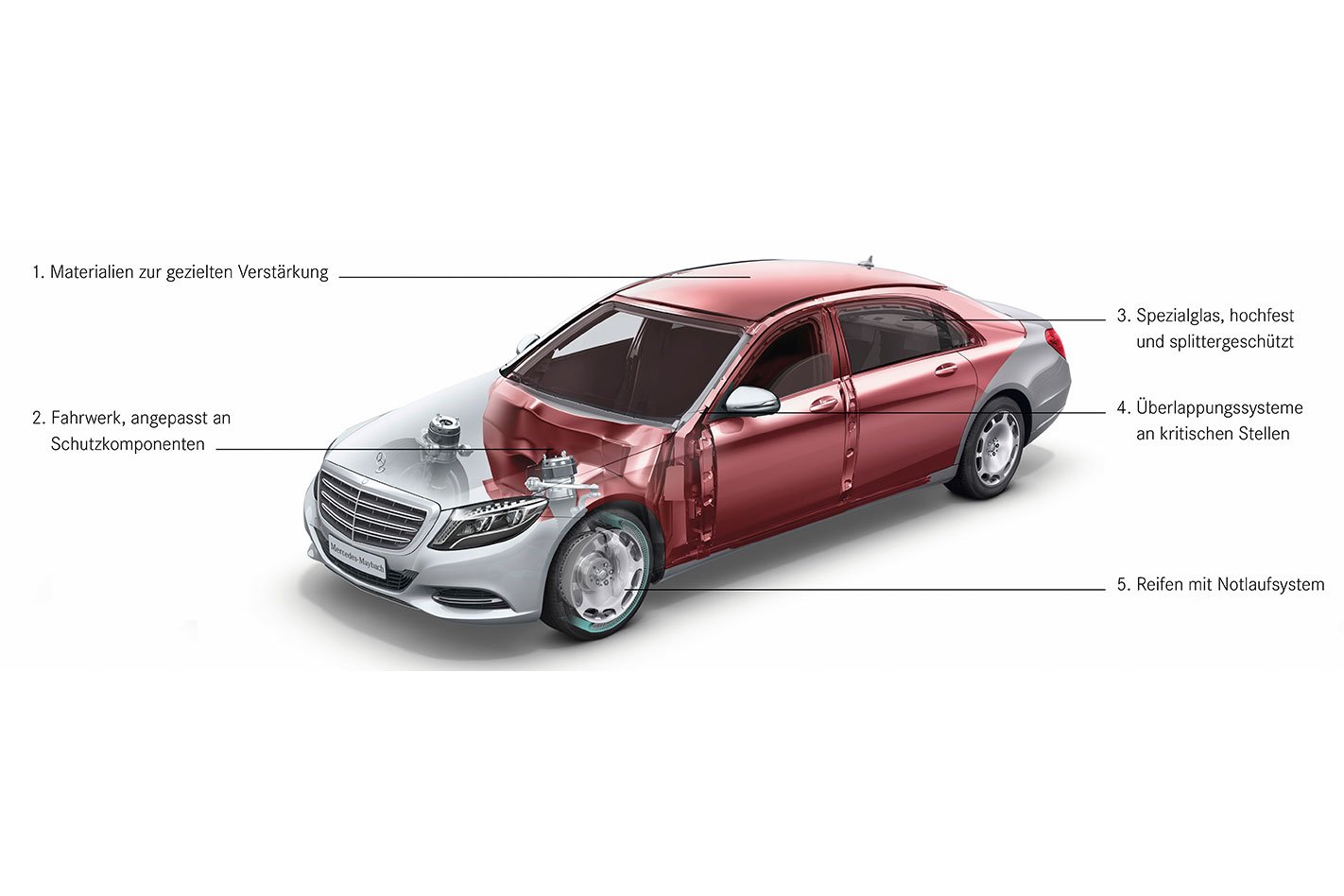
While anyone inside the vehicle is safe from attackers, avoiding the ambush in the first place is the most desirable outcome. To this effect, the S600 Guard is almost indistinguishable from the non-armoured version. Even from the inside, the untrained eye would have a hard time spotting the myriad differences.
2. Strong Suit
Mercedes employs an ‘overlapping’ technique to ensure that particularly weak areas of a regular car, such as the spaces between doors and under wheel arches, are protected by multiple types of reinforcement. Sadly, the specific details can’t be divulged.
3. Flat Out
Making sure the occupants won’t be hurt by exterior forces is obviously the priority for an armoured car, making sure it can escape is another story. To help solve this issue, Mercedes uses advanced ‘runflat’ tyres to ensure the S600 can get VIPs to a safe location before they disembark.
4. Shattered
There’s no way to tell, according to Mercedes, that the glass used on a Maybach S600 Guard is anything but regular glass. But it’s actually made of a different material (we can’t be told what) which is thicker and coated with polycarbonate on the inside to protect occupants from splintering.
5. Weighty Issue
As the body of the S600 can weigh as much as 4000kg or more, the suspension and chassis has been rigorously strengthened to support the extra weight.
DARK HISTORY – One Unwanted Customer
Mercedes-Benz says it has been building armoured cars since 1928, which keen historians will notice pre-dates World War II. However, they’ll also know that a certain infamous German dictator rose to power about a decade after this. It’s also worth noting that this individual was quite fond of the three-pointed star. Put two and two together and, yes, Adolf Hitler had a Mercedes armoured car.

One such vehicle has been kept at the Canadian War Museum since the ’70s after having been captured by US soldiers, bought by an investor at auction, and later donated to the museum by a Canadian entrepreneur.
Emperor Hirohito of Japan was reportedly another customer of the Mercedes Guard range, opting for a similar car as his official vehicle. That particular car is still shown in the Mercedes-Benz Museum in Untertürkheim.


